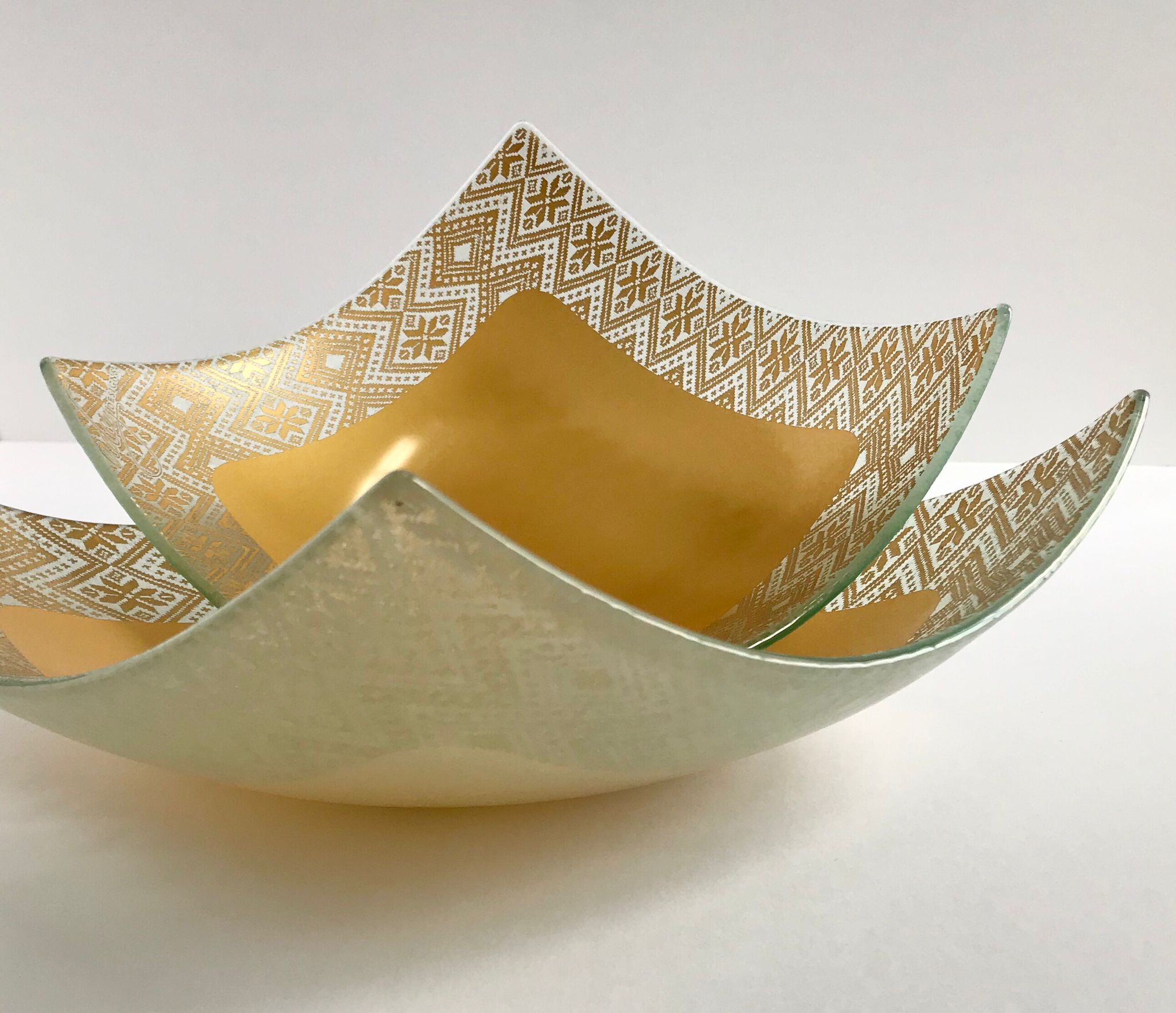Original Story Published by: Peter Choge, www.musicinafrica.net
Photo Source: Courtesy of musicinafrica.net
(Above) Sawa Sawa cover art
Long before the current instability, Sudanese percussionists Salma Omar and Ahmed Homaida, notable for their work with Drum Circle Sudan, decided to record a concept album in collaboration with musicians from across Africa.
Now, nearly six years later, and having overcome other obstacles like COVID-19 lockdowns and the Sudanese military coup of 2021, the project, which made its way from Sudan to the UK, via Egypt, Mauritius, Burkina Faso and Ghana, is out.
Titled Sawa Sawa(link is external), the multidisciplinary project couldn’t have come at a better time. Meaning ‘all together’ in Sudanese Arabic, the release represents a historic collaboration and fusion of Sudanese and pan-African sounds, stories and art. The project – composed of eight tracks, eight artworks and eight short stories – brings together a diverse collection of writers, artists, composers and musicians, creating a harmonious tapestry that transcends boundaries and celebrates the rich cultural heritage of Sudan.
Amid the challenges and conflict currently affecting Sudan and its people, Sawa Sawa is a timely exhortation about the need to end conflict and embrace our shared humanity.
“We believe in the power of music to transcend boundaries and heal divisions,” Salma Omar, who is currently in Egypt after fleeing the war in April, says. “Through Sawa Sawa we aim to convey a message of unity, urging our fellow Sudanese and the world to come together and embrace peace. This album is a celebration of our shared heritage and a call for harmony.”
Salma Omar and Ahmed Homaida (Drum Circle Sudan) spoke to Music In Africa about the story of this unique project.
MUSIC IN AFRICA: Tell about the concept of Sawa Sawa. Were art and stories always a part of it?
DRUM CIRCLE SUDAN: The story of Sawa Sawa goes back to 2018. For us at Drum Circle, the idea was to play rhythms inspired by our culture and blend it with other traditional styles, like sega tipik from Mauritius. This was inspired by their love for rhythms and the similarities between so many cultures, from the instruments – for example, kalimba in Mauritius is known as kondi in Sudan – to the shared grooves like tumtum and sega
To read the full article, visit www.musicinafrica.net.









